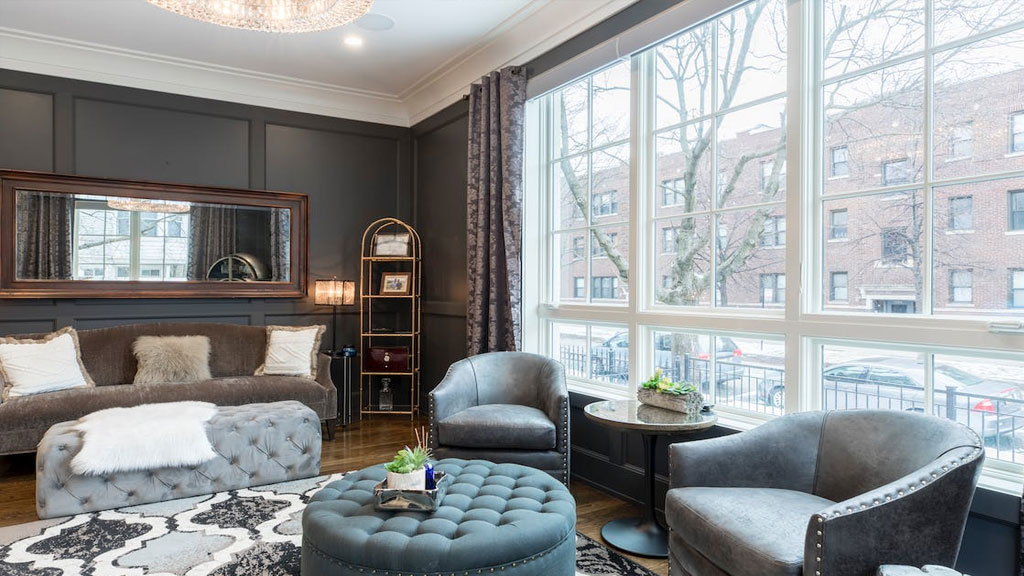Introduction:
The art of shaping the spaces we inhabit is a blend of functionality and aesthetics, and it’s the realm of interior design. If you possess an innate talent for creating visually appealing, functional interiors, and aspire to turn your passion into a profession, an interior design course is your passport to a world of possibilities. In this blog, we’ll delve into the universe of interior design courses, exploring their significance, what to expect, and the exciting career opportunities they can unlock.
Why Choose an Interior Design Course?
1. Nurture Your Creative Vision:
Interior design is all about transforming ordinary spaces into extraordinary ones, and it offers a canvas for your creativity to flourish. Interior design courses provide the structured foundation you need to explore your artistic ideas and turn them into tangible, beautiful living environments.
2. Skill Enhancement:
Even if you possess a natural flair for design, an interior design course can elevate your skills to a professional level. You’ll gain in-depth knowledge of space planning, furniture selection, color schemes, and more, enabling you to create spaces that are not only aesthetically pleasing but also functional.
3. Industry Insight:
The world of interior design is a dynamic one, with trends, materials, and technologies constantly evolving. Interior design courses offer insights into the latest design concepts, sustainable practices, and emerging technologies, ensuring you’re well-prepared for the competitive design industry.
What to Expect in an Interior Design Course
1. Design Fundamentals:
You’ll start with the basics, including principles of design, color theory, and space planning. These fundamentals are essential for creating harmonious and visually appealing interiors.
2. CAD and Design Software:
Modern interior design heavily relies on computer-aided design (CAD) software. Many courses include training in programs like AutoCAD and SketchUp to help you translate your ideas into visual representations.
3. Materials and Finishes:
Understanding various materials, fabrics, and finishes is crucial. Interior design courses provide knowledge about the selection and application of materials that align with your design vision.
4. Project Management:
Interior designers are often responsible for managing projects, budgets, and timelines. Courses typically cover project management and communication skills, ensuring you can handle both the creative and logistical aspects of design projects.
Career Opportunities
1. Interior Designer:
The most direct career path after completing an interior design course is to become a professional interior designer. You’ll work on various projects, from residential homes and offices to commercial spaces and hospitality venues.
2. Home Stager:
Home staging is a specialized field within interior design, where you prepare homes for sale by optimizing their appearance and appeal to potential buyers.
3. Furniture Designer:
If you have a passion for furniture and product design, you can work as a furniture designer, creating custom pieces or collaborating with manufacturers.
Conclusion
Interior design is an art that bridges creativity and functionality, transforming spaces into stunning, livable works of art. An interior design course offers more than just an education; it’s an opportunity to nurture your artistic vision, enhance your skills, and explore the dynamic world of design. Whether you dream of becoming an interior designer, a home stager, or a furniture designer, enrolling in an interior design course is the first step toward turning your passion into a fulfilling and rewarding career. Don’t wait; embark on your journey into the world of interior design today!

